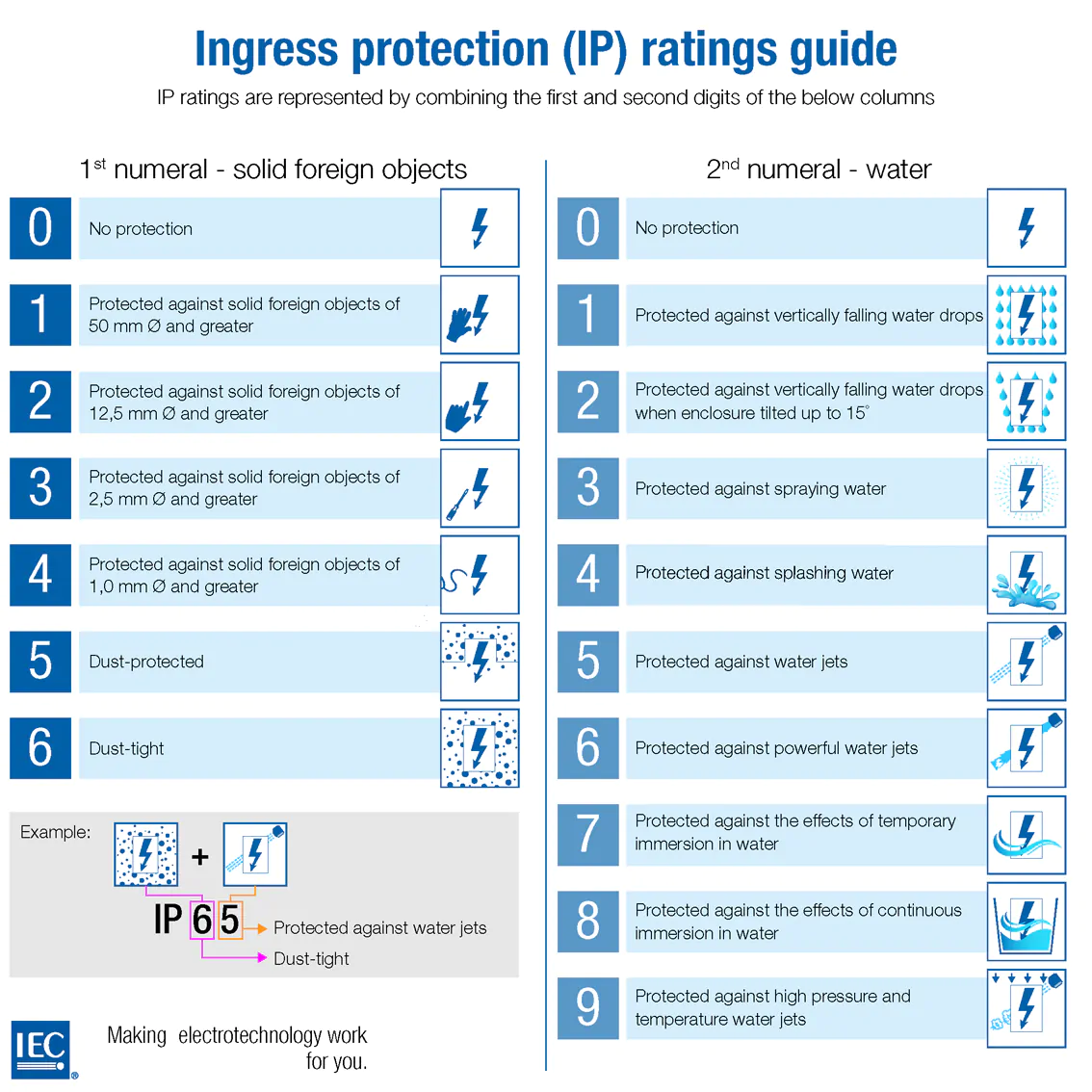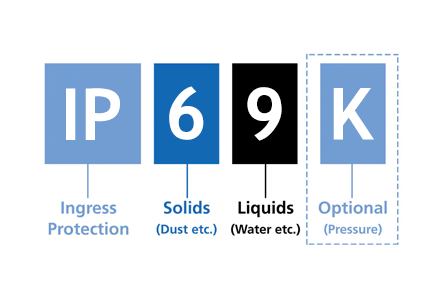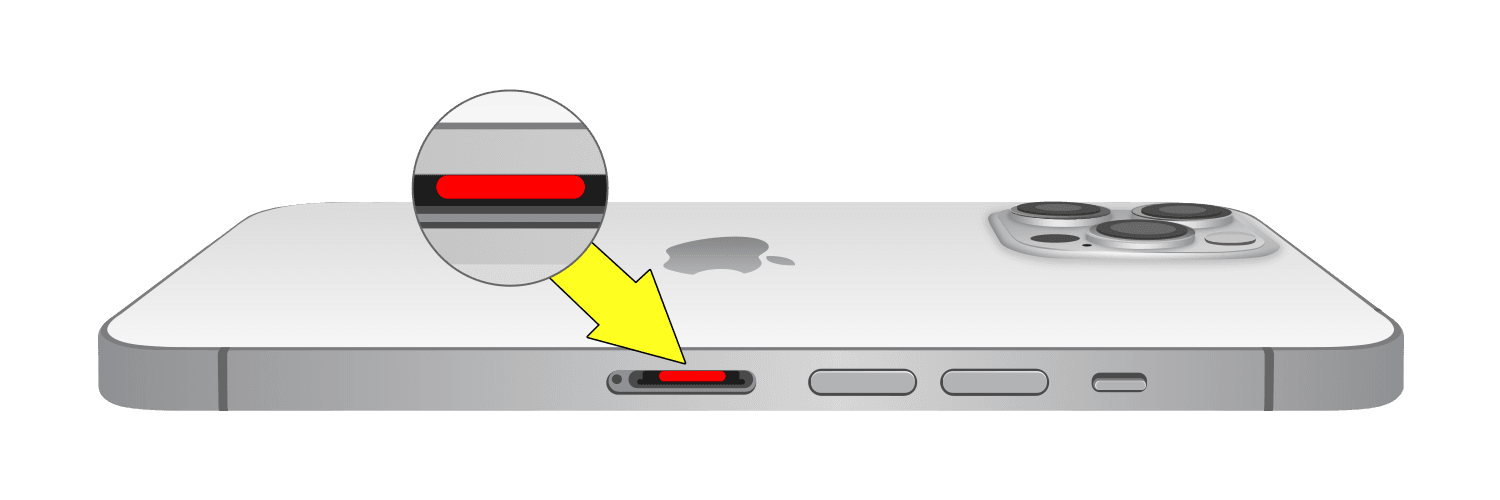There was the time when people don't really care about their phones' "well-being."
Not only because people didn't use them that much (thanks to their lack of internet connectivity), but also because phones at that time were considered "less" valuable possession.
Fast forward, in the age of modern technology, with the internet, sophisticated mobile games, VR/AR and social media platforms and more, people are doing many of their daily activities through their daily drivers. And this in turn, makes people have a much higher expectation when considering their phones.
Especially, people expect their high-end phones to be durable.
People expect their phones to at least be able to sustain "damage."
And when considering device protection, there is what's called the IP Code.

IP Code or Ingress Protection Code classifies and provides a guideline to the degree of protection provided by mechanical casings and electrical enclosures against intrusion, dust, accidental contact, and water.
While people may expect the highest IP rating, there are issues.
First, it's very common to hear someone said that they have accidentally submerged their phone into water.
The thing is, there is a very big difference between "water resistant" and "waterproof," the two terms people often use interchangeably.
For example, a smartphone rated at IP67 is "dust resistant" and can be "immersed in 1 meters of freshwater for up to 30 minutes".
The problem here, the benchmark for water resistance rating varies between manufacturers.
For example, Samsung’s IP68-certified phones are water-resistant to a maximum depth of 1.5 meter in freshwater for up to 30 minutes, and the company cautions against beach or pool use. Some of Apple’s iPhones with the same IP68 rating can be used at a maximum depth of 6 meters for up to 30 minutes.
Yet, both Samsung and Apple are unlikely to consider repairing water-damaged phone under their warranties.

Making a phone water resistant is not an easy task, and obviously requires several components and techniques.
Typically, the first point of protection is to create a physical barrier around all entry points where dust or water could enter. Common areas include the buttons and switches, speakers and microphone outlets, the camera, flash, screen, phone enclosure, USB port and SIM card tray.
These points should be covered and sealed using glue, adhesive strips and tapes, silicone seals, rubber rings, gaskets, plastic and metal meshes and water-resistant membranes.
After that, the next step is to apply a layer of ultra-thin polymer nanocoating to the phone’s circuit board repel water.
This is where the second problem resides: IP rating scores are obtained through tests made under controlled laboratory conditions.
What this means, IP rating on phones may not fit well in real-life scenarios, such as boating, swimming or snorkeling. And one phone from one manufacturer may perform better than another phone from another manufacturer.
This is because there are factors that include speed, movement, water pressure and alkalinity that should all vary.
As a result, gauging a phone’s level of water resistance is complicated.

While manufacturers have successfully increased the water-repelling nature of their smartphones, they are still far from "waterproof."
Not because it's impossible, but because mobile devices are meant to be consumer-grade devices, in which they need to have a balance between durability, capability and cost.
What's more, a phone’s water resistance will decrease with time as components age and deteriorate.
So even when manufacturers are able to create a waterproof phone, in a sense that the phone is totally impervious to water as opposed to water resistant in which the phone can only resist water to some extent, the protection cannot be permanent.
In order to have a long-lasting phone, consumers need to:
- Swim or bathe with their phone.
- Exposing their phone to pressurized water or high velocity water, such as when showering, water skiing, wake boarding, surfing, jet skiing, and so on.
- Using their phone in sauna or steam room.
- Intentionally submerging their phone in water.
- Operating their phone outside the suggested temperature ranges or in extremely humid conditions.
- Dropping their phone or subjecting it to other impacts.
- Disassembling their iPhone, including removing the screws.
- Minimize exposing their phone to soap, detergent, acids or acidic foods, and any liquids—for example, perfume, insect repellent, lotions, sunscreen, oil, adhesive remover, hair dye, and solvents.